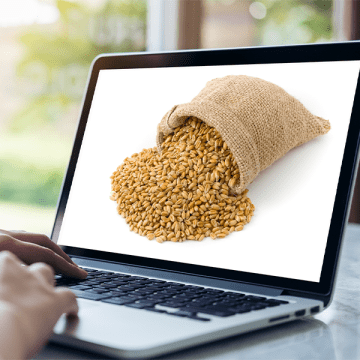The risks of an unsuitable ration
An inappropriate ration will result above all in a waste of nutrient intakes: energy, protein, minerals ... Optimising the content of a ration means increasing the share of nutrients that contribute to the production of milk or meat and reducing the proportion of nutrients designed for other purposes (maintenance needs, undigested nutrients). This helps to limit environmental waste.
An unbalanced ration may also result in health issues at the herd level. Nutritional shortages, including inadequate energy, insufficient fibre, excessive fermentable energy, excessive degradable protein in the rumen, a poor balance between energy and protein intake, as well as vitamin and mineral deficiencies, can lead to various metabolic disorders. The severity and duration of these deficiencies may result in serious health issues, including:
- ketosis;
- ruminal acidosis;
- alkalosis;
- hypocalcemia.
These diseases can have a long-term impact on animals’ health and their breeding performance.



